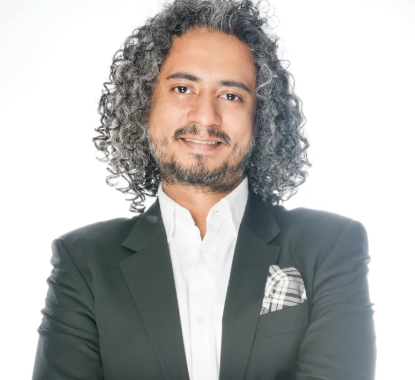Cities, with their sprawling urban landscapes and bustling populations, have always been a symbol of progress and opportunity. Yet, as architect Madhav Raman explains, these spaces often mask deep-rooted challenges—territoriality, exclusivity, and hostile architecture. In a recent interview, Raman shared his perspectives on how these issues shape our cities and what can be done to address them.
The Complexity of Urban Resilience
Urban resilience in the face of climate change is no longer optional—it’s an urgent necessity. Raman highlights how cities like Delhi, which is now the world’s largest urban agglomeration, struggle to offer resilience to their most vulnerable populations. From heatwaves to flash floods, marginalized groups such as day laborers and the homeless are disproportionately affected, lacking the resources to secure their own resilience.
“We have many more endangered populations than first-world countries,” Raman notes, pointing out the stark inequality in access to climate adaptation mechanisms.
Hostile Architecture: A Byproduct of Paranoia
Hostile architecture, often disguised as modern urban development, excludes marginalized groups through design choices that prioritize exclusivity over accessibility. Think sharp-angled bus stops that prevent the homeless from resting or poorly designed footpaths that exclude differently-abled citizens.
According to Raman, these exclusionary designs reflect a deeper societal issue: paranoia. “As affluence grows, so does the urge to fortify assets,” he says, emphasizing how territorial mindsets manifest in gated colonies, barricaded public spaces, and inaccessible transport networks.
Reimagining Public Spaces for Inclusivity
A city’s inclusivity—or lack thereof—is reflected in its public spaces. In Delhi, territoriality often dictates who can access a park, a playground, or even a footpath. Raman recalls how initiatives like widening footpaths near metro stations to encourage walkability met resistance due to concerns over potential traffic jams.
Yet, the architect believes inclusivity can be achieved through creative, community-driven solutions. He advocates for events like local food festivals celebrating immigrant communities, which can foster social bonds and break down barriers. “Once social connectivity is established, hostility becomes negotiable,” Raman explains.
The Role of Architects and Urban Planners
For architects and urban planners, the responsibility extends beyond designing buildings—it’s about shaping equitable spaces. Urban planners, in particular, hold immense power, as they determine the allocation of public resources, from open spaces to transport networks.
Raman stresses the importance of adopting locally-informed, culturally-rooted design practices. He criticizes the globalized, one-size-fits-all approach to architecture, which often fails to address the specific needs of diverse urban populations.
A Call to Action: Start Small, Think Big
Raman challenges the next generation to question patterns of exclusion in their immediate surroundings. From gated colonies to inaccessible metro stations, the layers of territoriality are everywhere. By observing and addressing these small-scale issues, we can begin to tackle the larger systemic problems.
“Urban design is a physical manifestation of what’s in people’s heads,” Raman reminds us. If our collective mindset shifts toward openness and inclusivity, our cities will follow.
The Future of Cities
As climate change accelerates, cities must evolve to be inclusive and resilient for everyone—not just the privileged few. Raman’s insights remind us that cities are not just collections of buildings but ecosystems where every individual, regardless of class or background, deserves to thrive.
The challenge is significant, but as Raman concludes, “There’s no better time than now to think about people and the spaces we share.”
